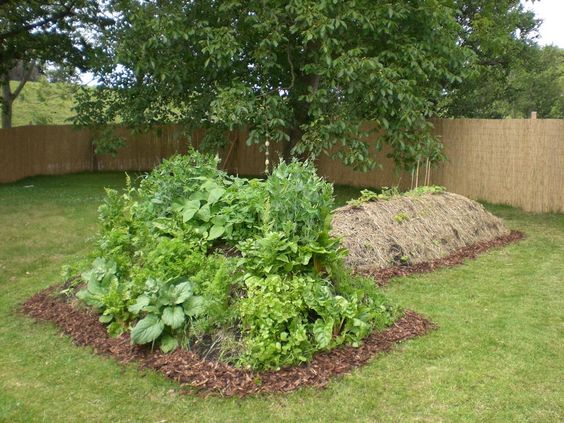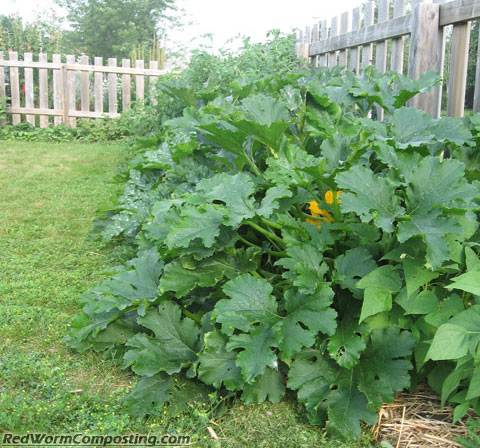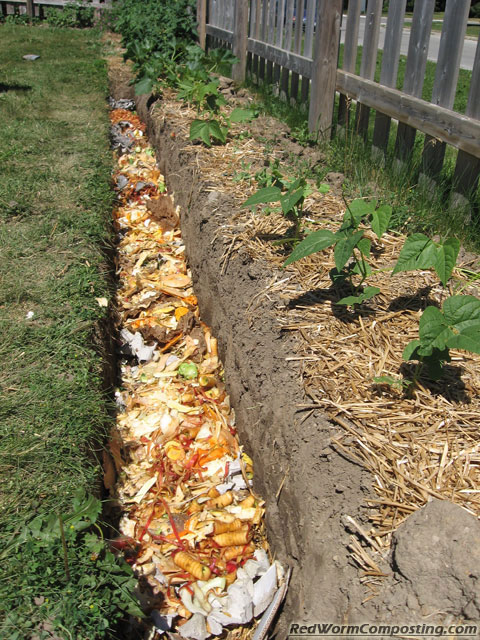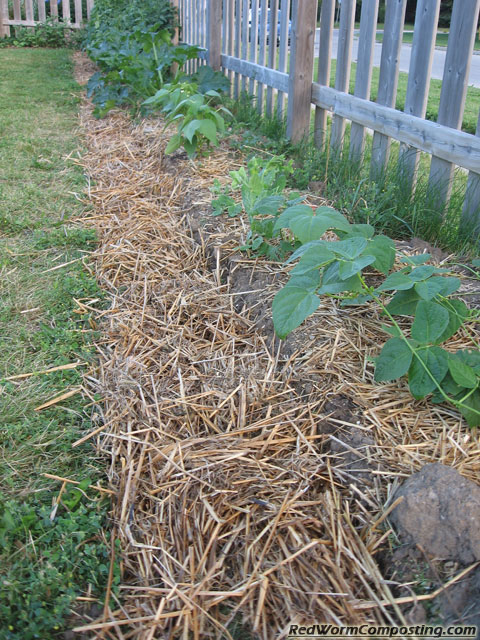Composting Basics
/Compost Fence
Compost is decomposed organic matter that helps retain moisture and nutrients in sandy soil and also improves drainage and aeration in clay soils. In all types of soils, compost is beneficial as it provides plants with nutrients necessary for healthy growth and it improves soil structure. Making your own compost eliminates the cost of removing yard waste and reduces the amount of organic wastes going to local landfills. Your soil benefits from improved tilth, more worms and microorganisms, and better water-holding capacity. You benefit from improved yields and fewer purchased amendments.
It is often thought that you need a large space in order to compost or that you will end up with an unsightly pile of rotting food in your garden but there are many ways to compost and effectively manage it so it doesn’t smell or become unsightly. There are pros and cons that come with each type of composting style, but here are a few to consider.
Compost Fences
Compost fences are one of the best ways to compost large tree branches or bulky yard trimmings. The fences expose the yard-waste (sandwiched between wire mesh) to sun, rain and wind regularly, which add to the decomposition process. Not as much compost will be produced as with a bin system, but it eliminates larger woody debris that slows down the composting process from your compost bin. Compost fences are made with wood posts, wire mesh fencing on each side of the posts, and some space below to rake out any falling compost. These working fences can be easily incorporated into a landscape and change throughout the season, depending on what you are adding.
Hugelkultur
Hugelkultur (pronounced Hoo-gul-culture) is gardening using a composting trench or mound filled with woody debris, excess turf, garden waste, straw, manure and cardboard. Top it with some soil and plant away! It is great for growing pumpkins, squash, blueberries and evergreen huckleberries to name a few. As time goes by, the wood rots and shrinks and creates a nutrient-rich soil with many air pockets for the plant roots.
In the first few years, the composting process generates heat resulting in earlier planting in spring and a slightly longer growing season.The composting wood acts like a sponge, holding and releasing water slowly, thus reducing the need to water or fertilize very often.
Sheet Composting
Sheet composting, also known as lasagna composting, is a method used to convert grass to vegetable and garden beds, improve soil and recycle organic material at home. It is created by alternately layering carbon and nitrogen materials directly on the ground.
Carbon materials include dry leaves, woody plant trimmings, paper products, straw or saw dust. Nitrogen materials include kitchen scraps, coffee grounds, grass clippings and green leafy plant trimmings. Other nitrogen-rich sources are hair, fur, feathers and chicken manure. Although sheet composting works best if it is started in the fall and planted in the spring, it can be started as materials become available.
Worm Bins
Composting with a worm bin (vermicomposting) is excellent for recycling food waste and ideal for people living in small spaces. There are many inexpensive and easy ways to create a worm bin. You can use plastic totes, build a wooden bin or purchase one from a local farm or garden store. Worms digest food scraps and excrete them as castings. Adding castings to your soil improves water retention, aeration and microbial activity. Worm castings also promote plant growth and vitality.
To build a worm bin you need a container, bedding such as shredded newspaper, food scraps, a small scoop of soil, and of course worms. It’s important to allow your worm bin to establish itself (let the food decompose for a few days before adding worms). The best worms to use are red wigglers, which can be purchased from a garden store, or get some from a friend who already has a working worm bin.
Trench Composting
Trench composting is a great way to recycle food waste so that it remains out of sight. If you grow vegetables in rows and you have space between the rows, you can dig compost trenches between them. As organic matter in the trench decomposes, it will provide nutrients to the rows nearby. Trench composting involves digging a trench and filling it with compostable material (straw, food scraps, etc.)adding soil on top and dampening before covering.
Questions?
Snohomish Conservation District’s Community Conservation Team can assist you with questions. Email ccteam@snohomishcd.org or call 425-335-5634.








